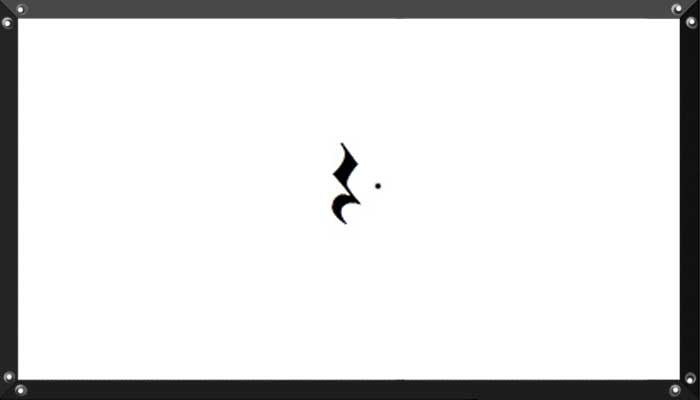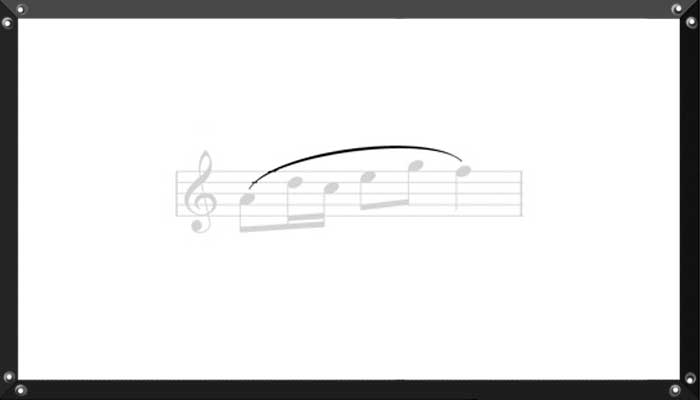


The Eighth Rest last the same as the Eighth Note, half of time, you can have a note or a rest, in a time signature of 4/4, you can have a querter note, an eighth note and an eighth rest, that's two counts and you need two more, another eighth note and an eighth rest and maybe another querter note.

Remember that a dot adds half of the notes value, if a note last 4 counts, like a whole note, then with a dot is worth 6 counts. If the note last 2 counts, like a half note, then with a dot last 3 counts, because you add 2 + 1. If the note last 1 count, like the quarter notes, then a quarter note with a dot is worth 1 and a half. It can get a little complicated, you need to study and play music and songs until you understand how it works, then is really easy.

A dotted quarter rest, is worth 1 and a hlaf, like the dotted quarter note, The only way to rally understand it, is playing songs that has a dotted quarter rest, and practice a lot.

A beam is a thick line that joins two eighth notes and makes the notes easier to read. An eighth note has a little "flag" or "tail" when you have two eight notes you can see two flags, Instead of putting a flag and a flag, you can add a "Beam" the thick line across the two notes, so it looks nicer. Sometimes when you have many flags in the notes, the music lokks too crowded and difficult to read that is why they have the beam line, to make things look more nicer and easier to read.

The slur is a curvy line, like the tie, but it goes on top or below many notes, the notes are usually different, and this line is to make a phrase or a motive, it give the music a way of adding phrases.

The fermata is a symbol to "STOP" time. In music you alwasy have time and the time is running, click, click , click... so each note has a time. When you want to stop the time you use the fermata, it goes on top or below the note, and at that moment you stop counting. You hold the time, usually for as long as half or a little bit more of the note, but you can actually hold the time, or stop it, for as long as you want, and then after a while the music will continue like normal.

Da segno is an italina term that means "From This Sign" and when you repeat music or a piece of a song, sometimes you have to go back to a certain point in the song, so you use "Da Segno" symbol to put it where you want to go back. And then you say "go to this sign and start playing from there". Use this symbol to repeat music from a specific point in the music, Again, the onlly way to really understand a lot of these symbols is to actually play songs and used them.

The 8va with little dashed lines means that you have to play all the notes that are below the dashed lines, one octave higher. Instead of writting the notes really high with a lot of ledger lines, you write the notes lower, so they will be easier to read, and add the 8va sign, to tell the performer to play the same notes, but higher, an octave higher.

The C clef is a clef like the Treble Clef or The Bass Clef, but is for "Viola" a string strument like the violin but a little bit bigger. A lot of people don't even know this clef exist, because is not very popular, but student who wants to play viola, they have to learn this clef like guitar students learn the treble clef, or trombone students learn the bass clef. You put the C clef in the satff and the note C is at the center of the clef.

The speed of the music can be fast or slow. We use italian names to tell how fast or slow the music should be, "Moderato" means "Moderatelly" or not too fast, not too slow, and the tempo is 108 to 120. The numbers are from the "Metronome" a machines that measures time in music. Each beat is one "Tick" at 60, will be one tick per second, 60 seconds = 60 ticks. You call it 60 bmp (Beats per Minutes) so 108 is faster then 60, and 120 is twice as fast as 60. Like 2 ticks per second. Again, you need to play a lot of songs using different speeds to get the idea of the speed, for now is just so you get some information.

Try this test to see how much you know so far. You need to know 10 symbols in a row with no mistakes.

Now it's time to have your first Music Theory test. Let's see if you are learning and how much you know.